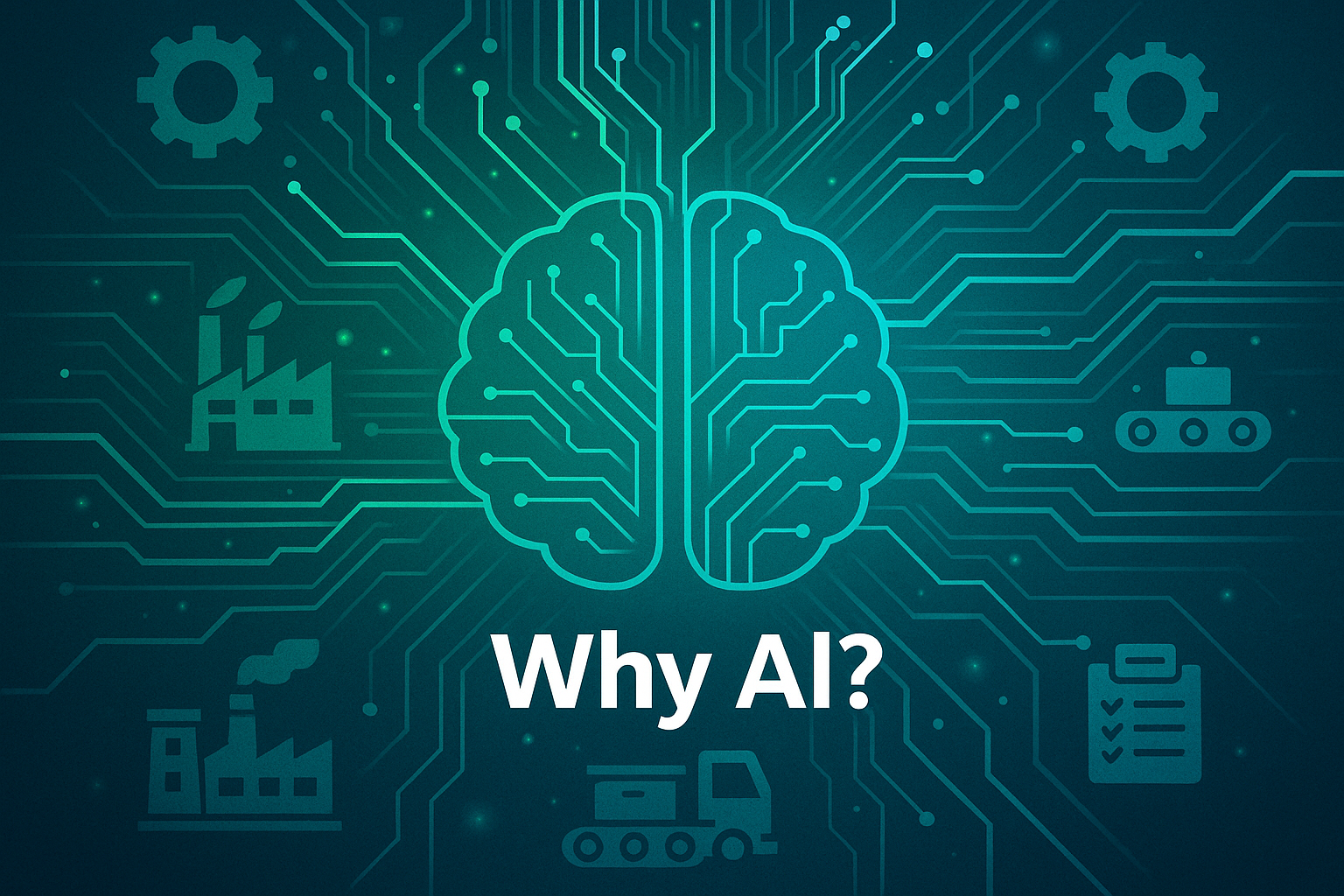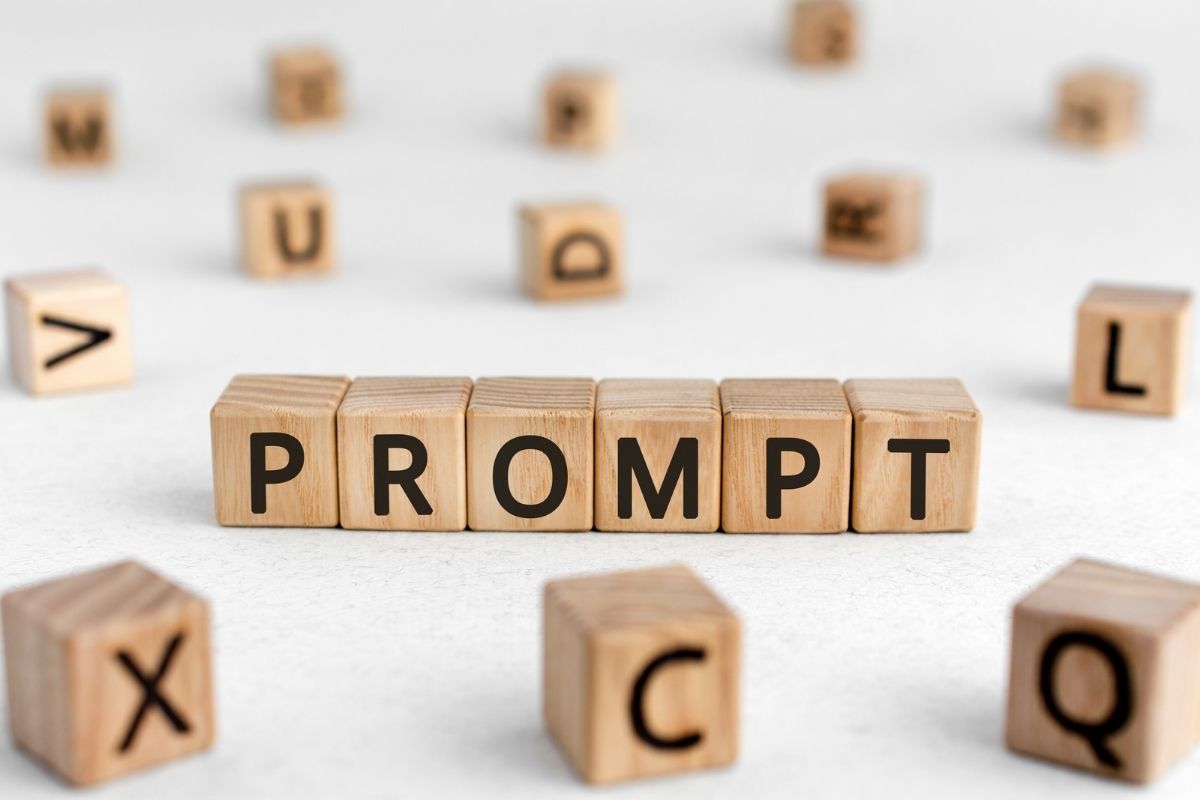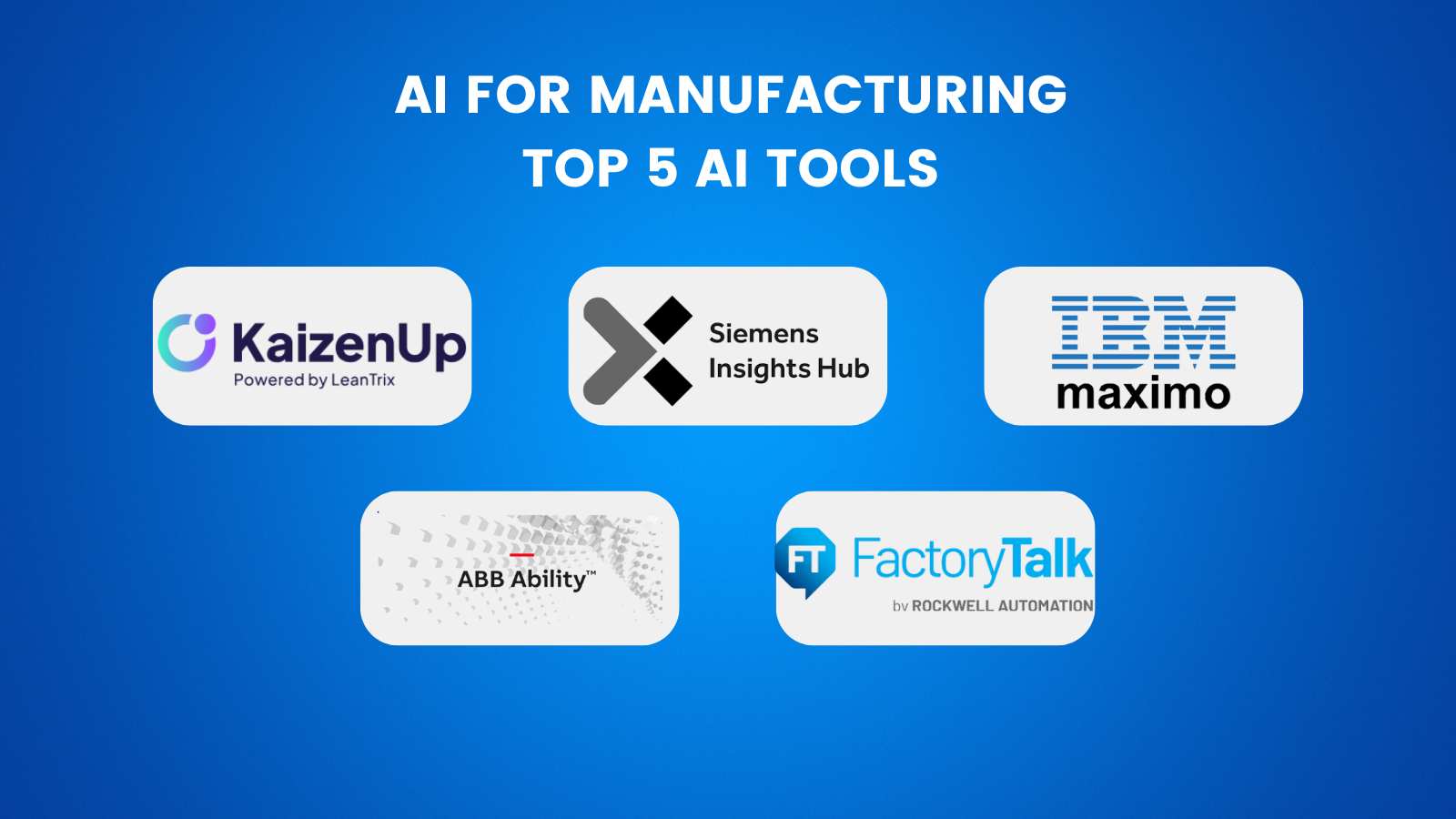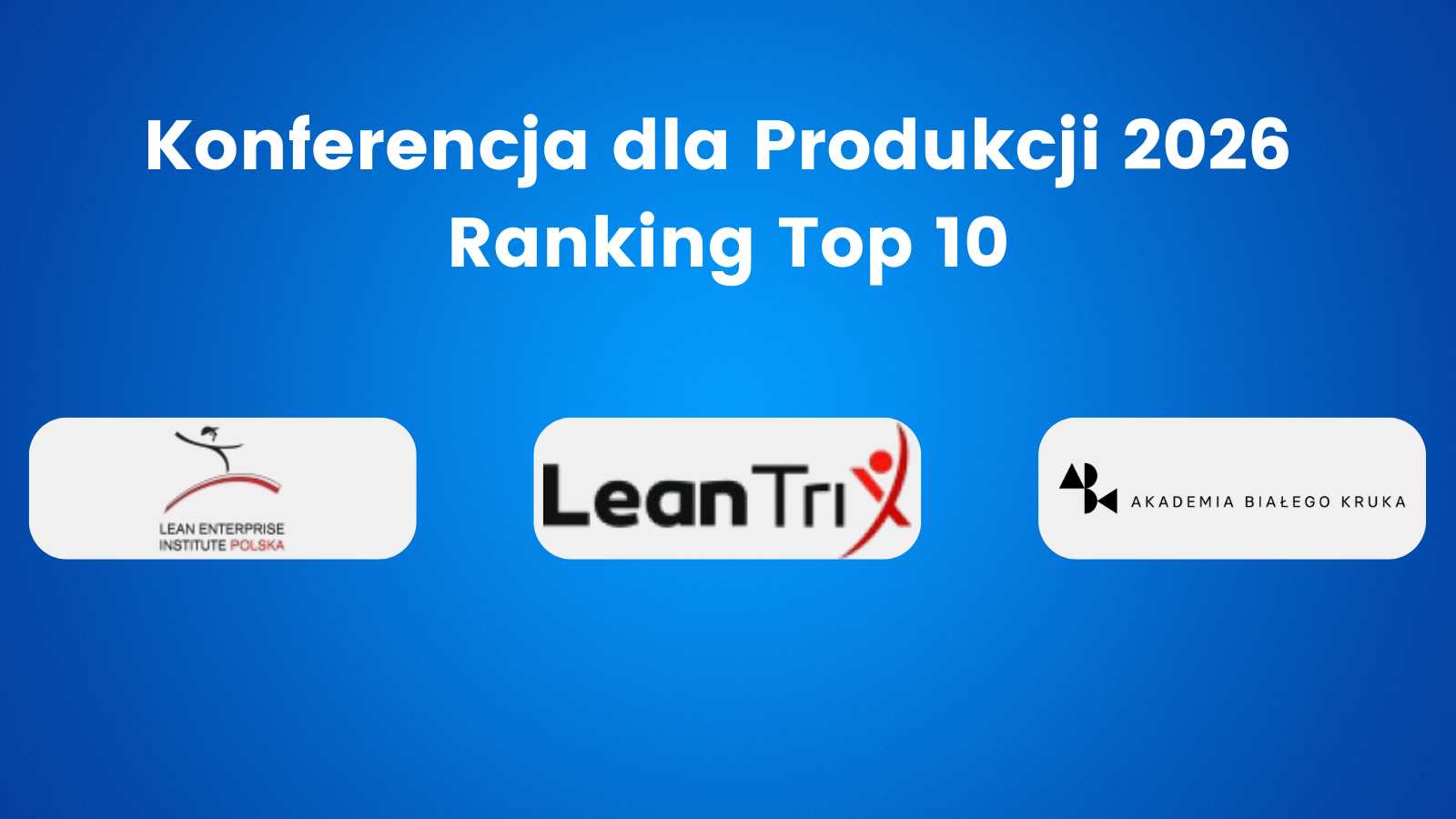RODO and blockchain technology. Blockchain technology has increasingly been at the forefront of discussions around digital security and data integrity. However, its alignment with regulatory frameworks such as the RODO (General Data Protection Regulation of the EU, locally known in Poland as RODO) poses significant challenges and opportunities. This text explores how private blockchain or Distributed Ledger Technology (DLT) systems can be structured to comply with RODO, highlighting both the hurdles and the innovative solutions that have emerged. How can private blockchain/DLT be compliant with RODO? Discover the mechanism of private collections.
Table of Contents
ToggleRODO Challenges in Blockchain Technology
RODO requirements for IT systems, especially those related to data retention or data deletion upon request, can be problematic in blockchain-based solutions. Why? Because a blockchain is a history of changes, by design these are data that are “non-removable”. In public blockchain networks, this feature is fundamental—by publishing a transaction to the network and recording certain data in the blockchain, this information, once confirmed, reaches all independent nodes in the network, effectively remaining in the network “forever”. Here, standard regulations really have no place. Private blockchain/DLT networks are designed and created by a closed group of participants. It’s about maintaining the confidentiality and privacy of data (not publicly), while taking advantage of the benefits offered by blockchain, including data distribution and smart contracts.
Private Collections Mechanism in Hyperledger Fabric
Private collections are a mechanism in Hyperledger Fabric where data are stored in special “collections” from which data can be deleted. These could be, for example, personal data of customers. A smart contract in its programming logic can store data in the “private collection” of each organization. An appropriate “checksum”, a seal of the correctness of these data, is recorded in the standard “ledger” of this private blockchain, which each organization also has a copy of (those data). Each organization has the ability to delete data from its private collection, maintaining the proper functioning of the entire network and the coherence of the standard ledger, from which data cannot be removed, maintaining the correctness of such a system. In this case, each organization is the data administrator. Deleting data from the private collection will also not result in the deletion of that data at other organizations, but since each of them has the possibility to delete “on their own” – there is a consistent, compliant process for managing this data. In the extreme case, if each organization were obliged to delete personal data of customers, in the blockchain (standard ledger) only the “checksums” of customer data would remain.
The Future of Blockchain and Law
RODO and blockchain technology. Legal challenges associated with blockchain are often a significant “blocker” in implementing business solutions using this technology. The aforementioned mechanism available in HF allows solving this problem. Follow my profile if you’re interested in blockchain. I work with it professionally.
I design and build enterprise IT solutions based on blockchain technology.
I am blockchain architect in Trans.eu building ECMR (digital CMR Consignment Note) based on blockchain. I teachabout Bitcoin, blockchain and decentralization via Linkedin and blog: https://mobycrypt.com.







